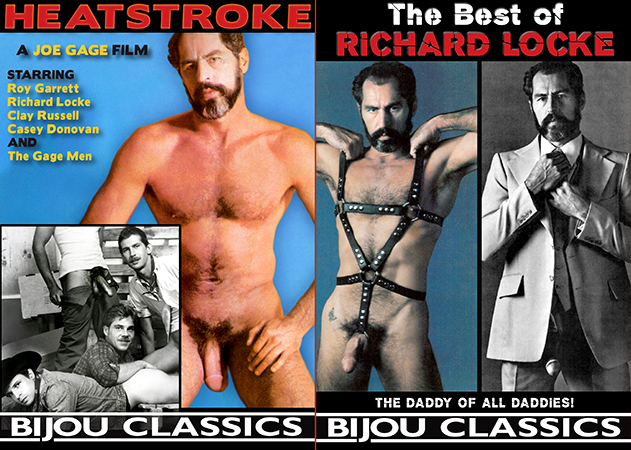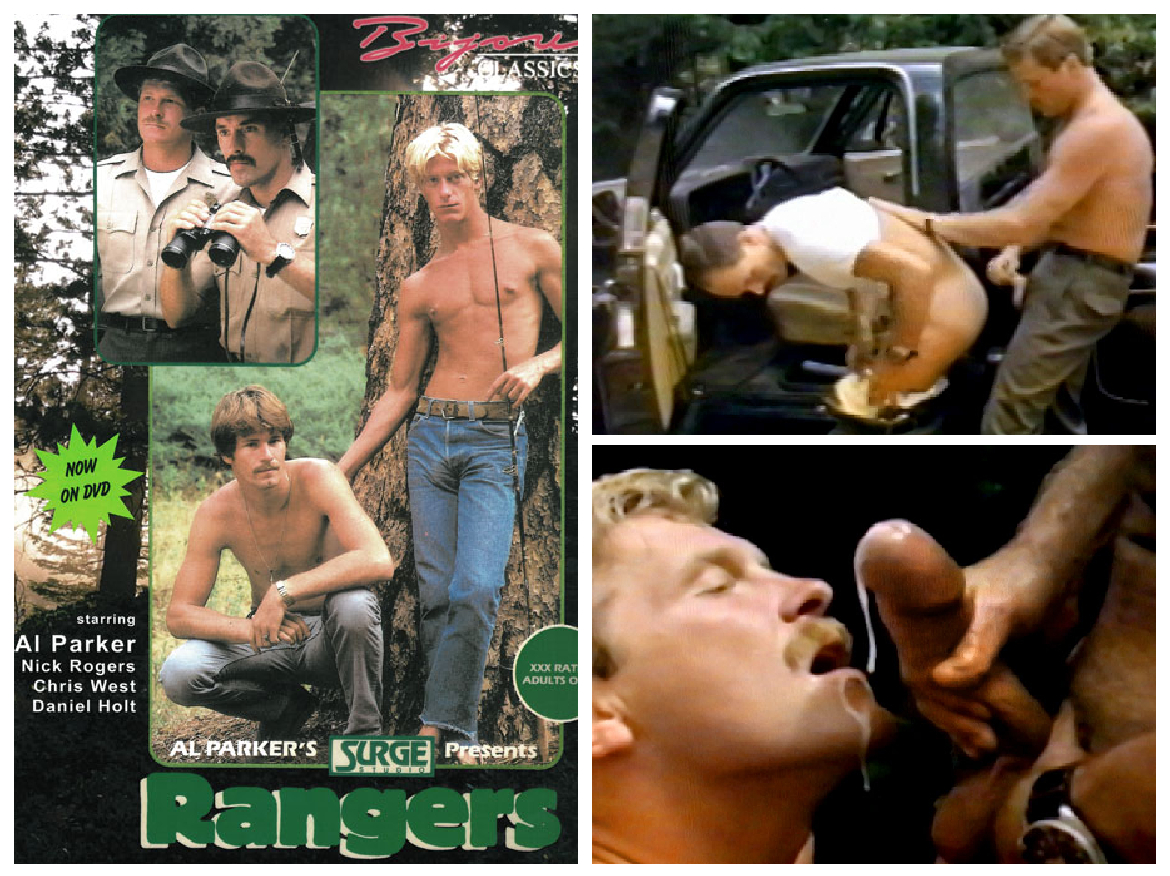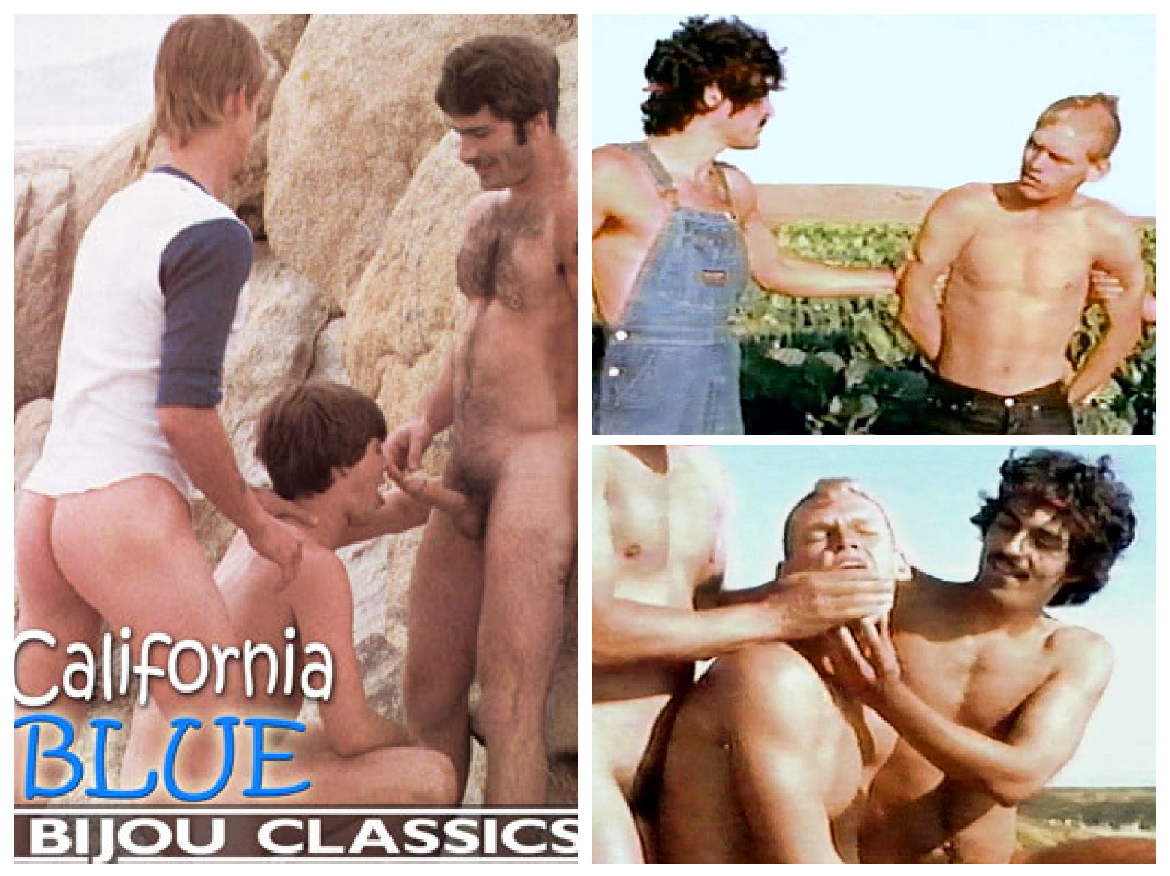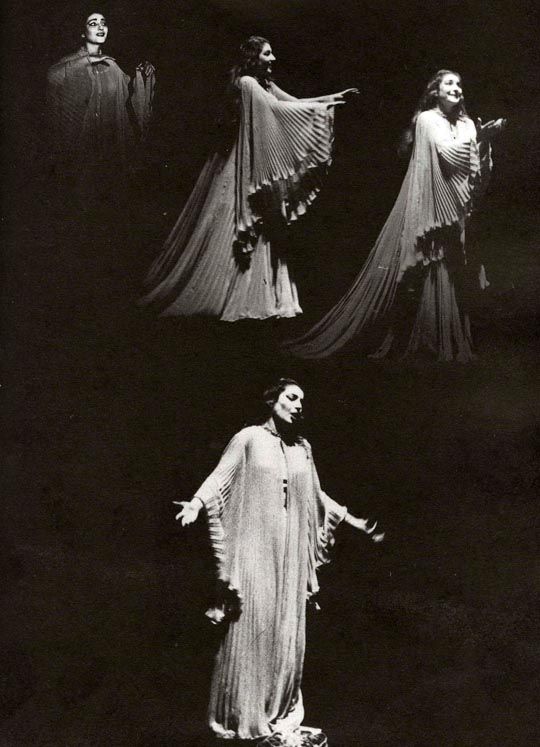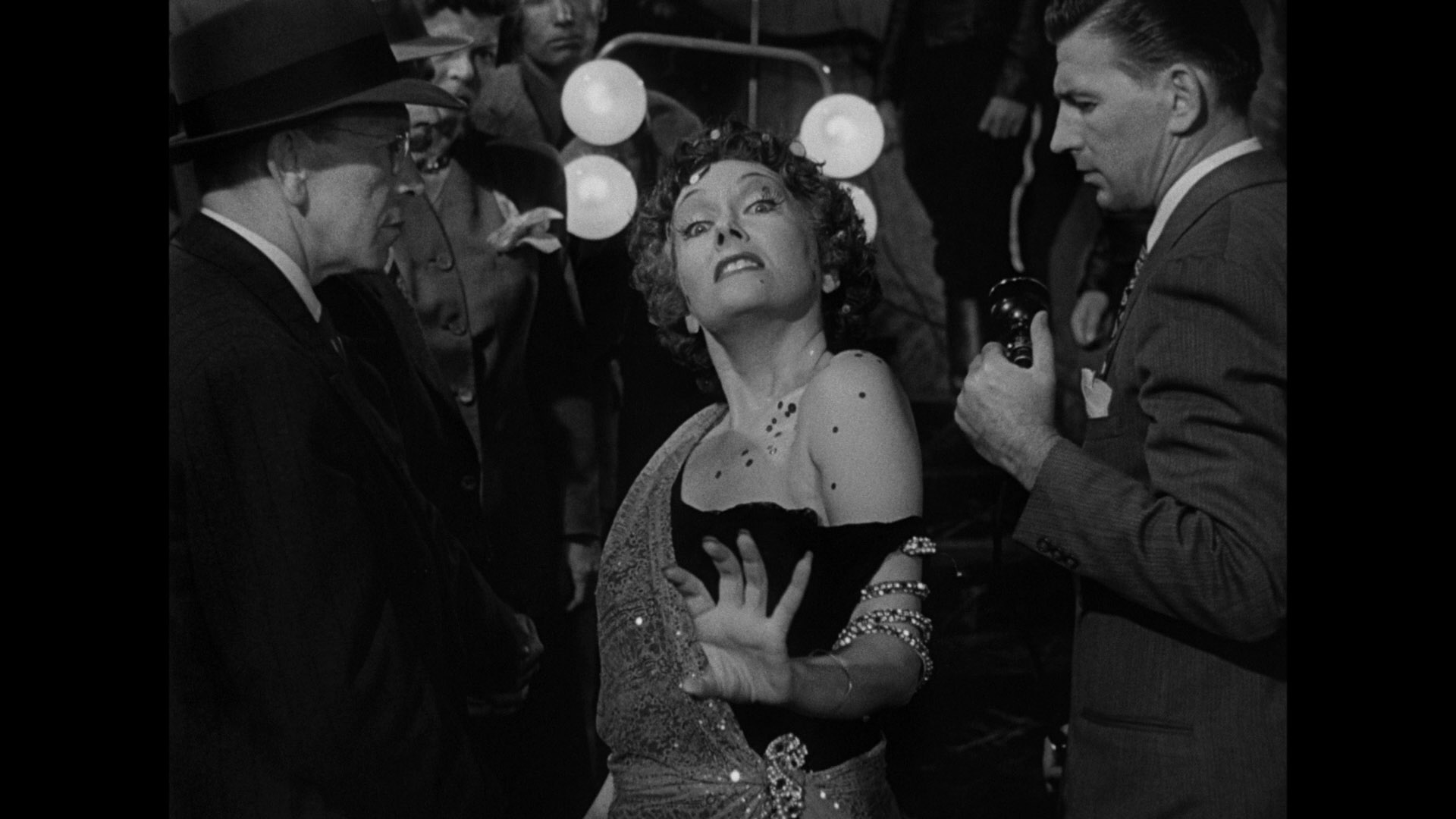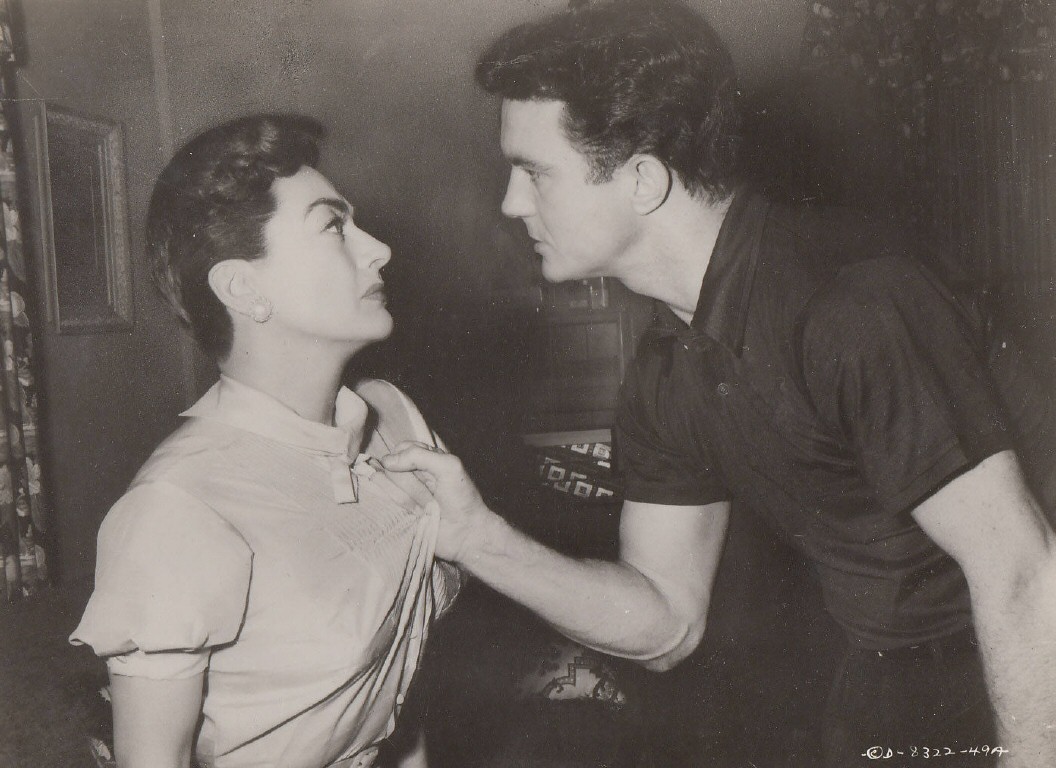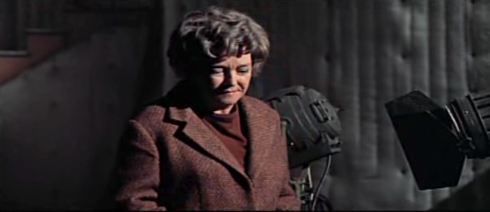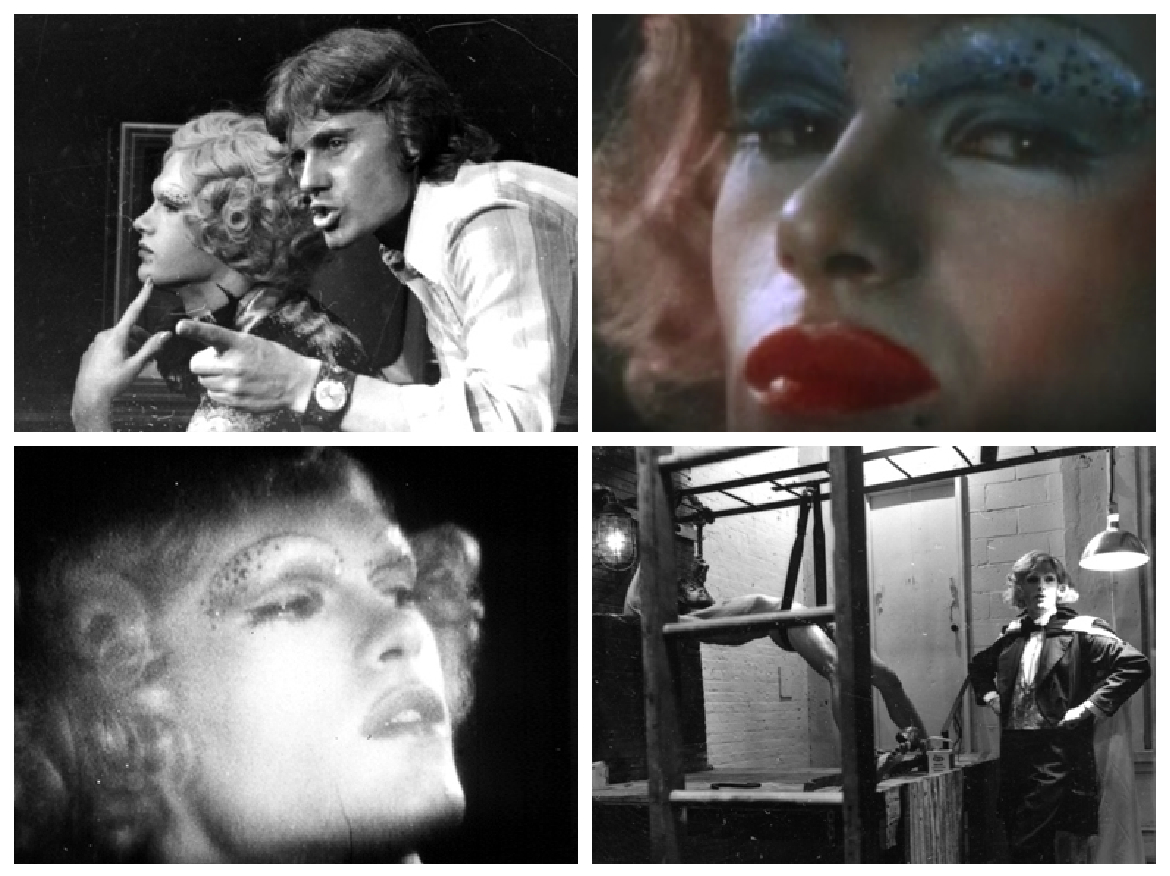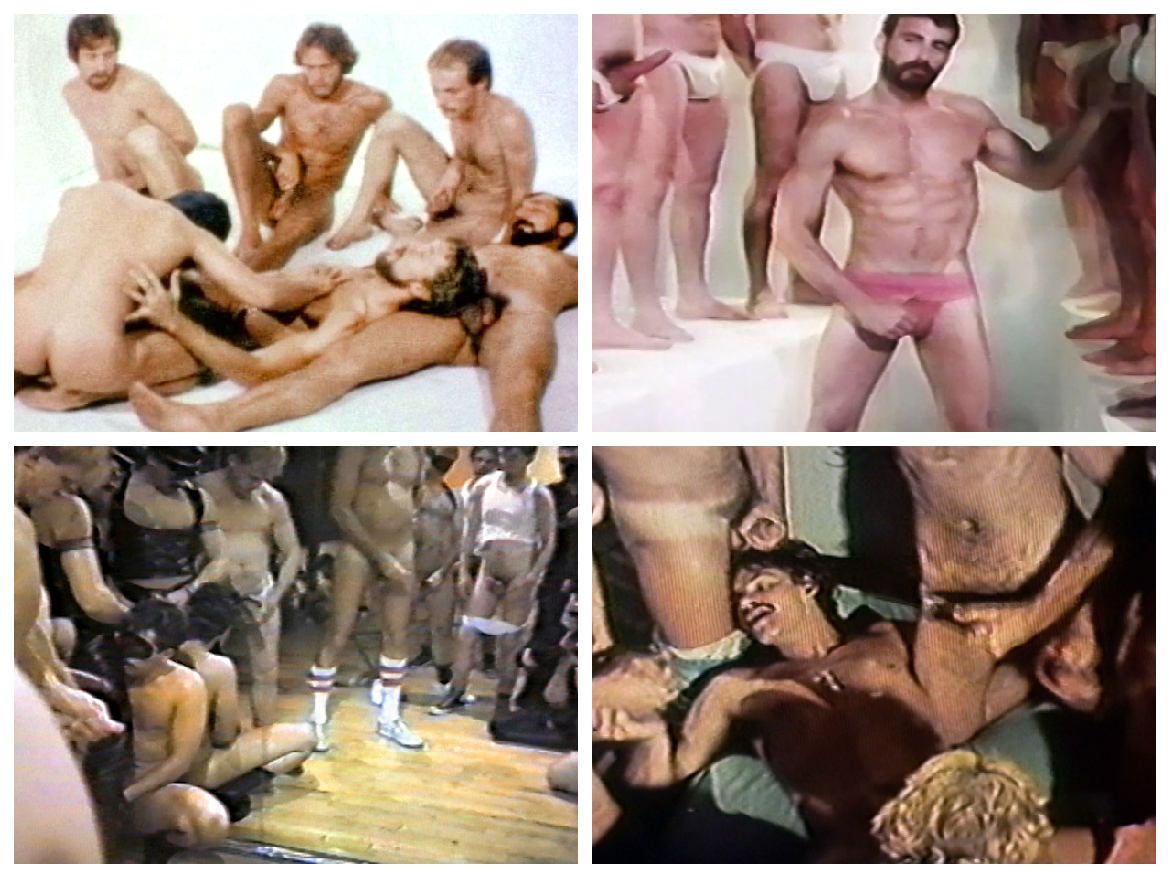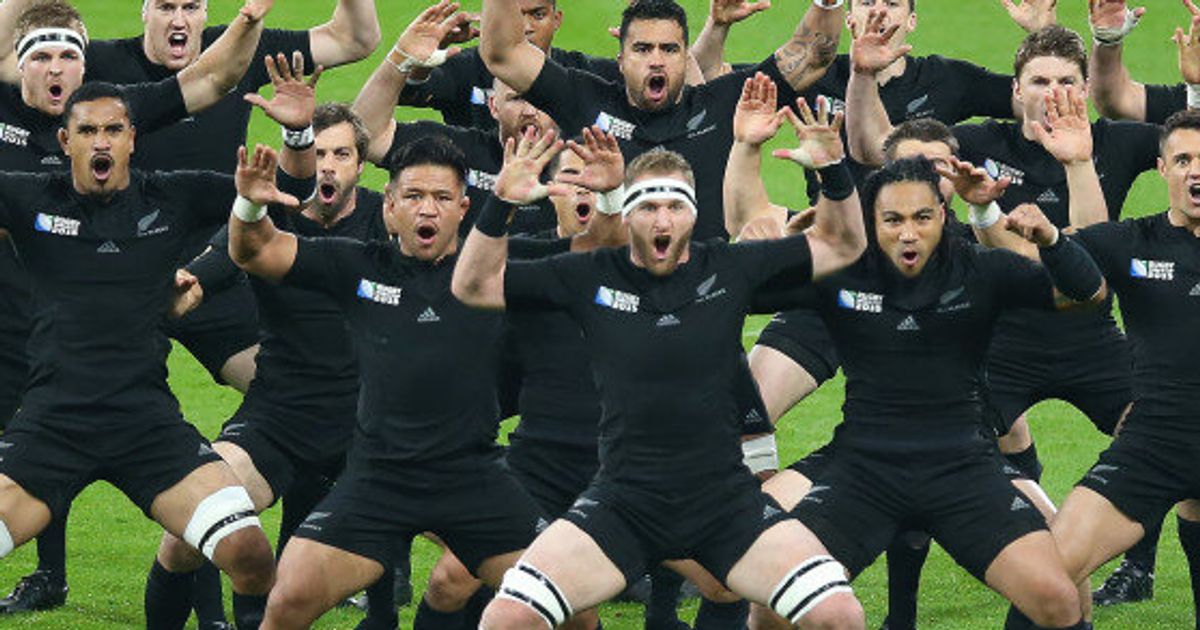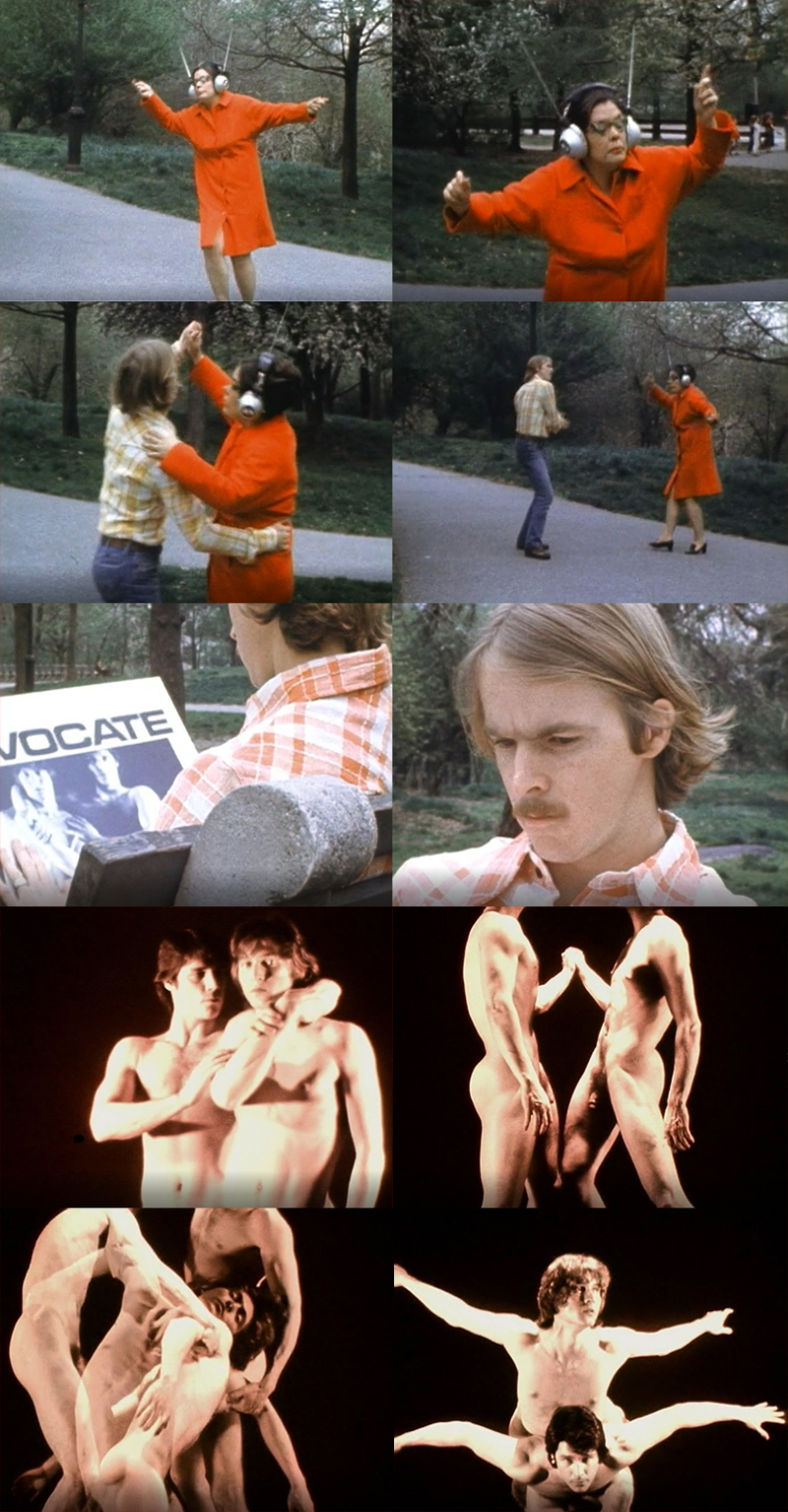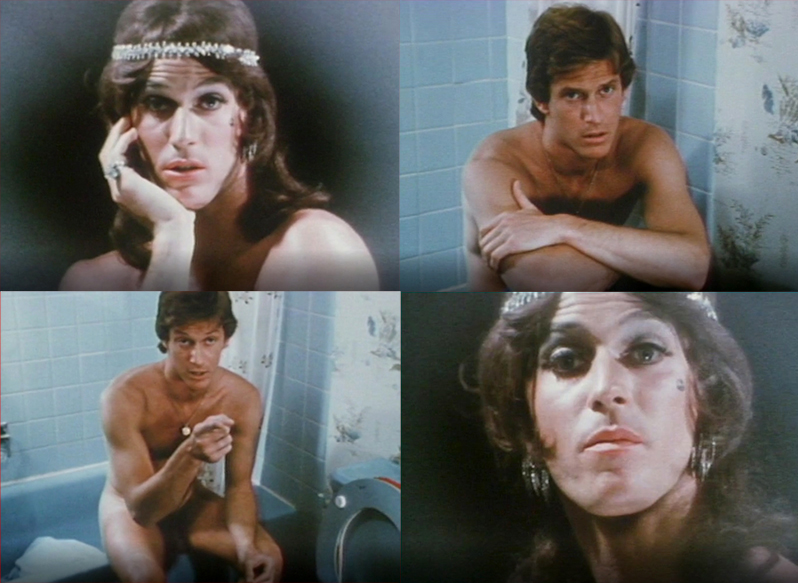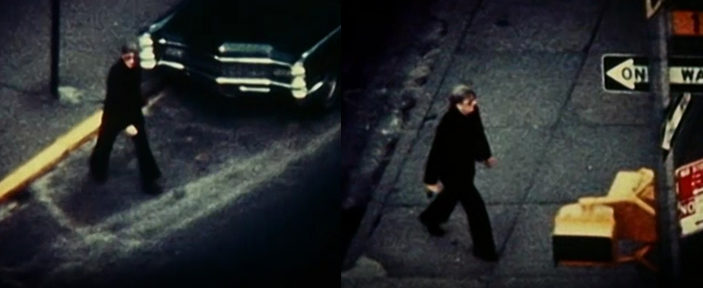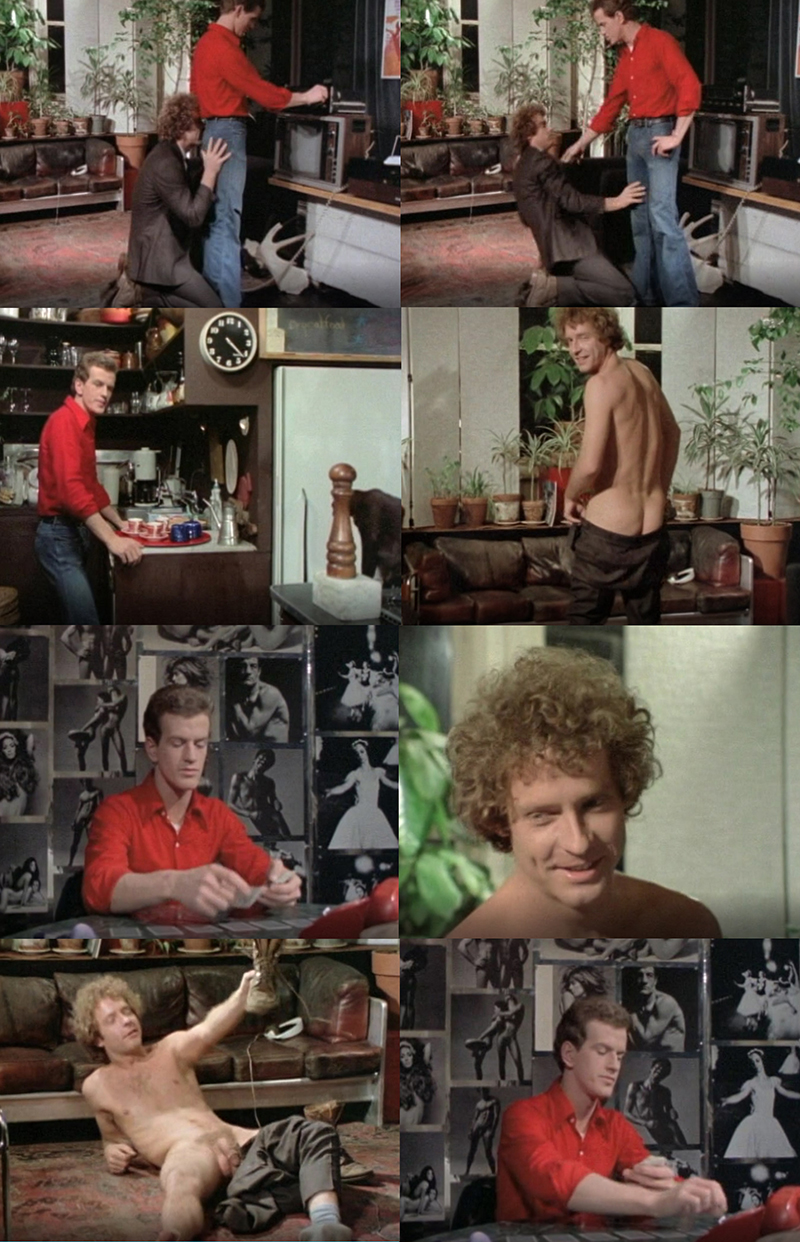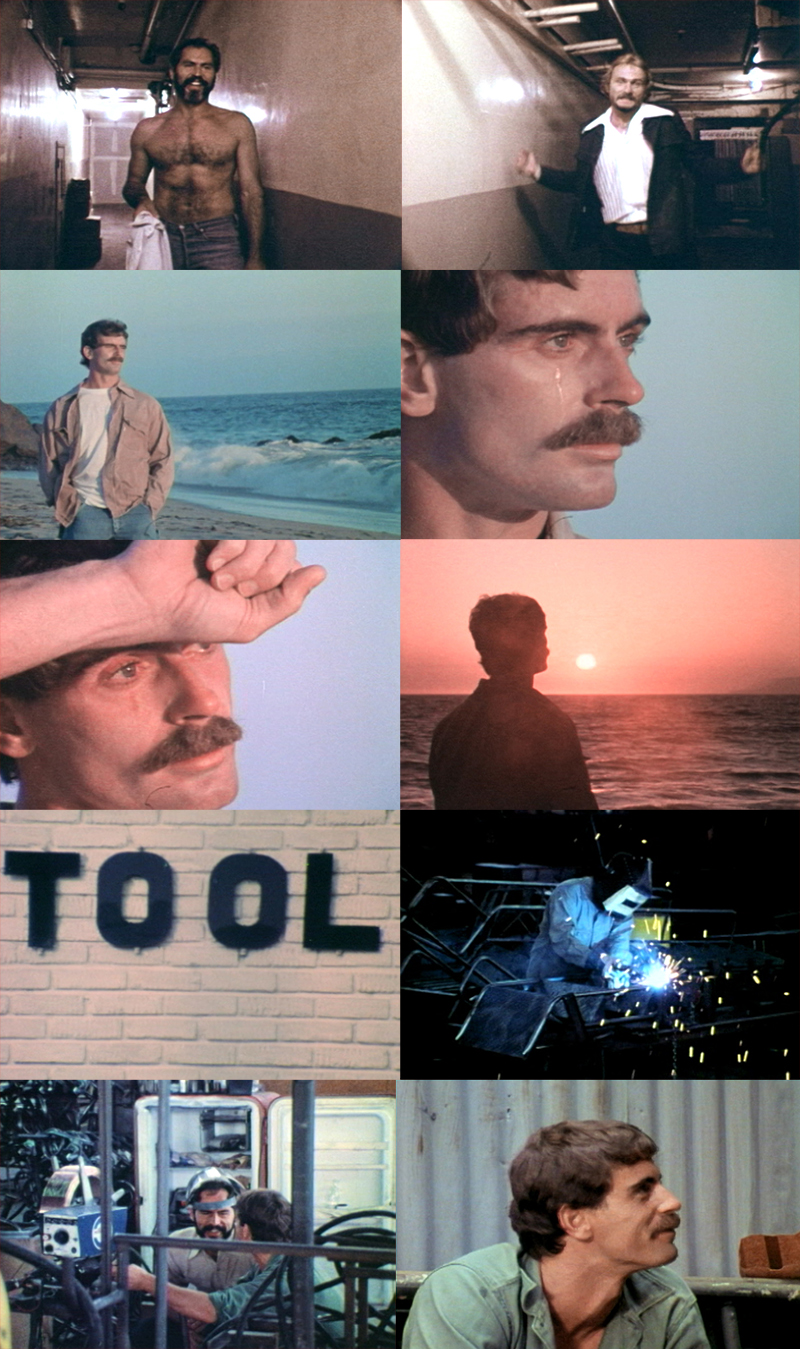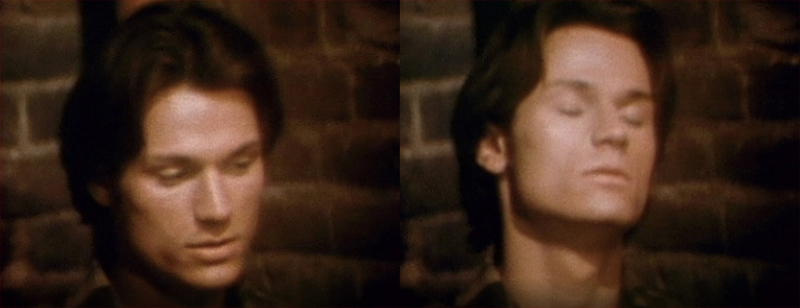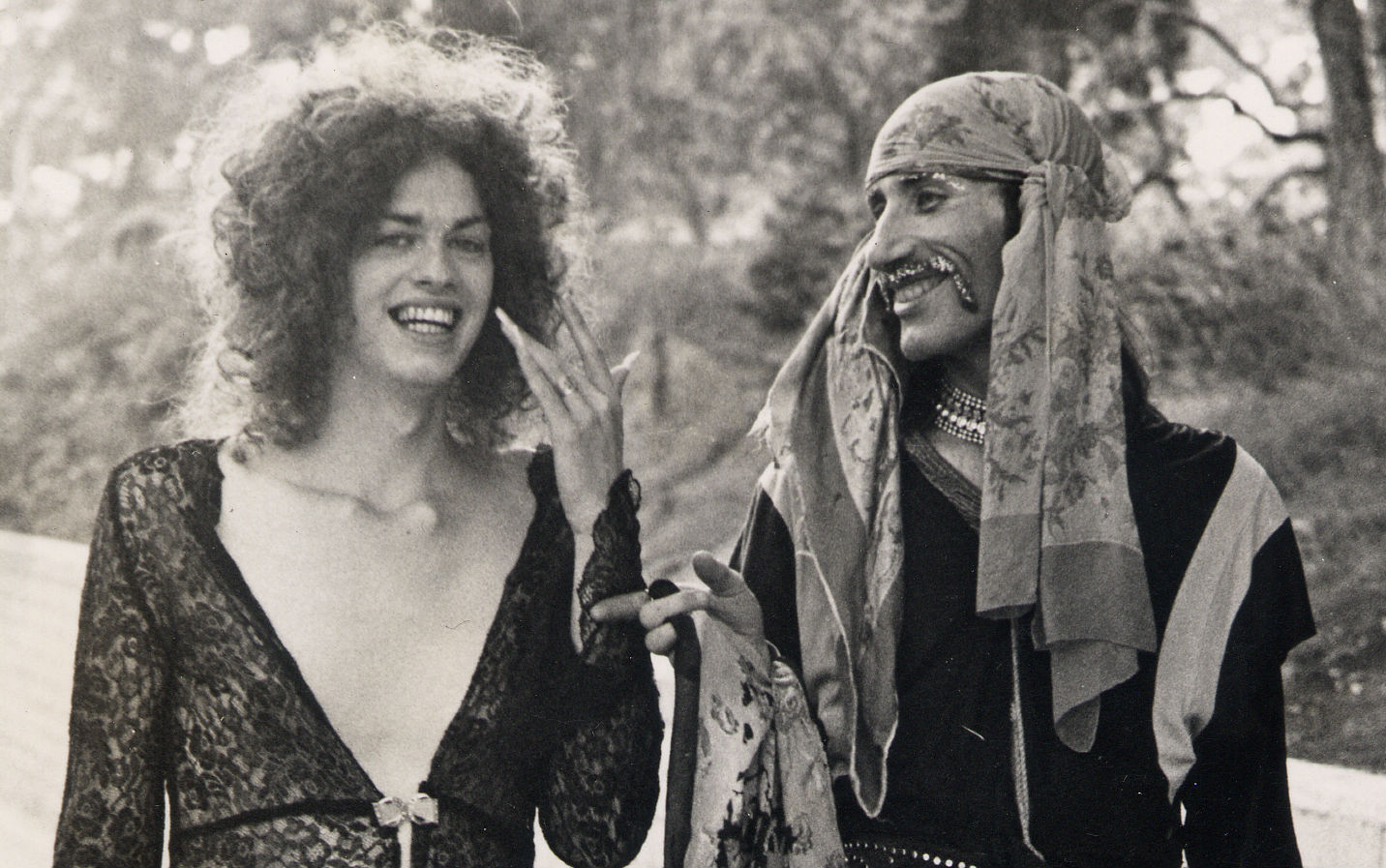posted by guest blogger Miriam Webster
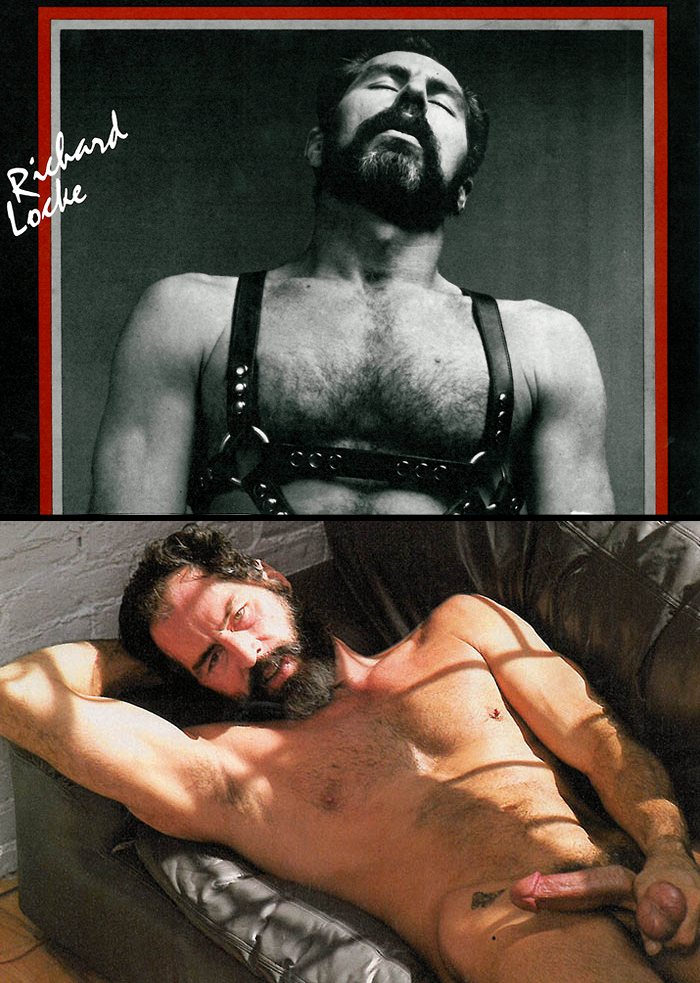
Richard Locke - the sexy, confident, bearded daddy, with a hip tattoo of a butterfly and a physique naturally toned from working outdoors (or, as he claimed, from jerking off in front a a mirror for thirty minutes a day) - was one of the first to establish mature men as potent sex symbols in gay porn. He became an icon from his outstanding starring role as Hank, a relatable everyman hero, in the late '70s Working Man Trilogy from the Gage Brothers (Kansas City Trucking Co., El Paso Wrecking Corp., and L.A. Tool & Die). This trilogy brought a new sexual focus to average working class men who have sex with men, and their sexual lives in smaller cities and rural areas across the United Sates, which had a massive impact on gay porn.
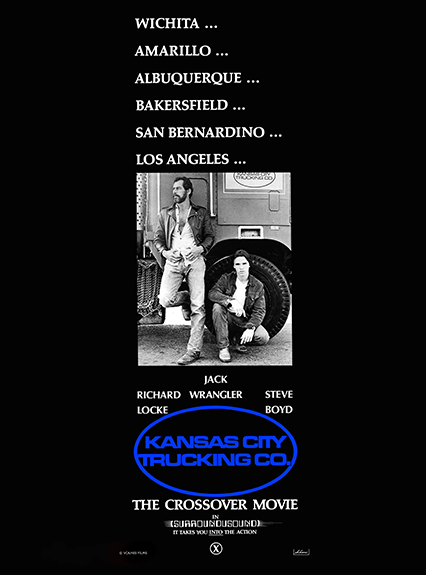
Vintage poster (available here) for Kansas City Trucking Co.
Born June 11, 1941 in East Oakland, California, Locke served in the Army in his early adult life, where he worked as a tank mechanic. He returned to California and eventually began starring in porn in his mid-30s, quickly ascending to star status. Locke worked on films with some of the finest auteur directors of classic gay porn (Joe Gage, Arthur Bressan Jr., Steve Scott, Wakefield Poole) and biggest stars (Jack Wrangler, Will Seagers, Fred Halsted, Clay Russell, Roy Garrett, Casey Donovan). He even had a sex scene with his real-life lover, Alex, on the roof of their Desert Hot Springs home in Wakefield Poole's Take One (1977). Locke used his real name in porn, telling Jerry Douglas in an interview for the December 1992 issue of Manshots, “I'm very proud of my work and everything I do. An artist signs his name to the canvas, and I sign my name.”
Locke's films (narrative features, experimental/art porn, straight-forward sex films/loops) and characters span a wide variety. His character Hank focuses on raunchy casual encounters throughout the majority of the Working Man Trilogy, but shows his soft side by following his dream man (played by Will Seagers) across the country in L.A. Tool & Die, and Arthur Bressan Jr.'s Forbidden Letters also focuses on a romantic storyline. (Locke also appeared in a smaller role in Bressan Jr.'s Passing Strangers.)
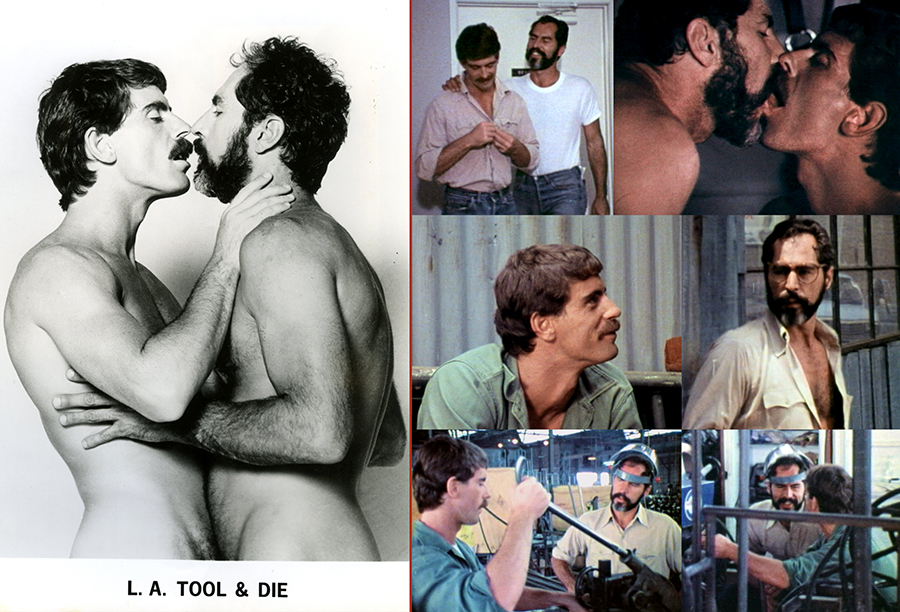
Locke on Will Seagers, co-star of Cruisin' the Castro and L.A. Tool & Die: "There was a magic between Will and me, and that happens very rarely onscreen... Every time we had a scene together, we came at the same time, just like the honeymoon couple. There was a magic." (Manshots, December 1992)
In contrast to his romantic roles and the easy likability of the trilogy's Hank, in Joe Gage's 1982 release, Heatstroke, Locke plays a mean sonofabitch, the gruff ranch foreman (though with a knowing sense of humor). In addition to his countless filmic sexual encounters, Locke gets into two memorable brawls on screen, both in Heatstroke and L.A. Tool & Die, tossing a homophobe out of a gay bar in the latter.
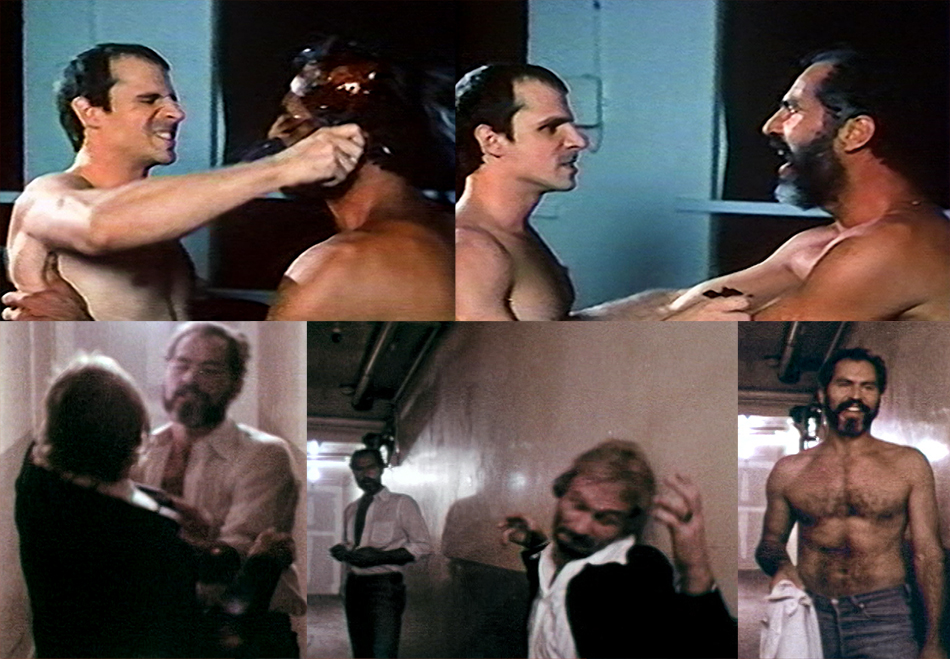
Heatstroke and L.A. Tool & Die brawls (pictured above); Hank in L.A. Tool & Die: "If there's anything I like better than sucking cock, it's kicking ass."
In this fascinating 1978 interview with Richard Locke, conducted by his brother Robert, Richard stated his goal in making pornography: “When I was coming out, I didn't feel good about myself. Now I do feel good and I want to share that. If I can project that solid, good feeling within myself into the audience, to people who don't feel good about themselves, if they can say, 'That's what I like; that's what I want to be like, open and free,' then I will have accomplished one of the goals in my life – to bring freedom to other people, the freedom of being themselves.”
Later in his career, Locke toured the country performing live strip/jack off shows for enthusiastic crowds (including at the Bijou Theater), published two books (Locke Out and In the Heat of Passion), authored a play (Loving), mountain climbed, and lived in a sparsely-populated part of the desert outside Palm Springs, where he did body work as a licensed masseur in the city and, out in the desert, worked with his interests in rural and self-sustaining/do-it-yourself living by building a geodesic domed home with a working solar and wind power system.
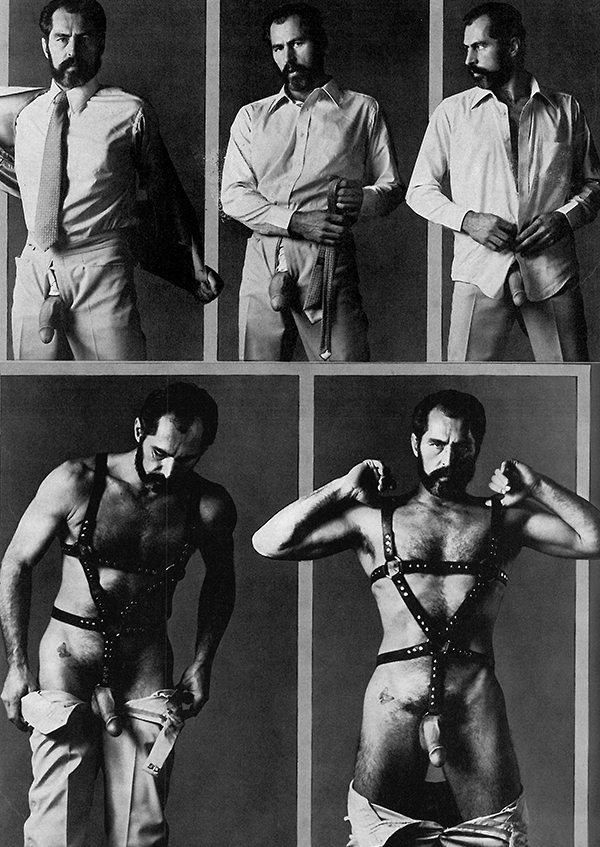
"Here's another one of my gimmicks: to take the ordinary and mundane and make it erotic. When I went to Washington, I took a business suit with me, and I stripped out of that suit into leather. Everybody in Washington has to wear a suit because they work in the government, so I took their 'ordinary' and eroticized it." - Locke in Mandate, October 1987
After his 1983 HIV positive diagnosis, Locke turned his focus to activism. In the '80s and '90s, he used his platform as a popular porn star to tirelessly spread information about safer sex practices and health services during the AIDS crisis, in radio and magazine interviews, at seminars, and even at his strip show appearances (which featured creative and practical safer sex activity demonstrations).
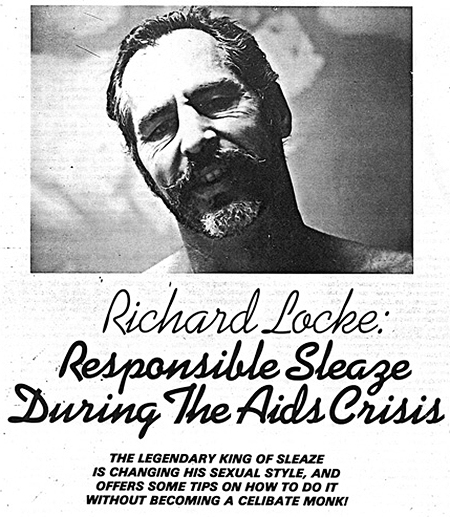
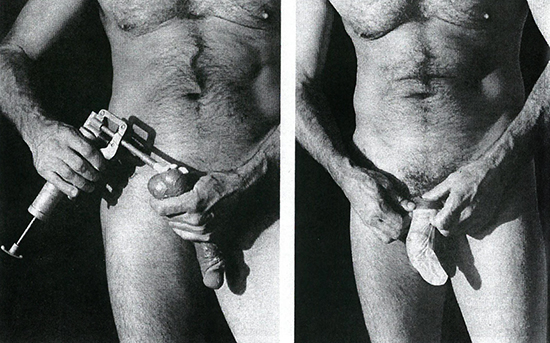
“I'm very positive about stopping fluid exchanges... Still, I have a great sex life... I was on radio station KPFA for about 15 minutes before they censored me. I said, 'testicular fornication.' The moderator said, 'Well, what's testicular fornication?' And I said, 'Ball-fucking.' We went off the air for 45 minutes.' (Advocate MEN, March 1987)
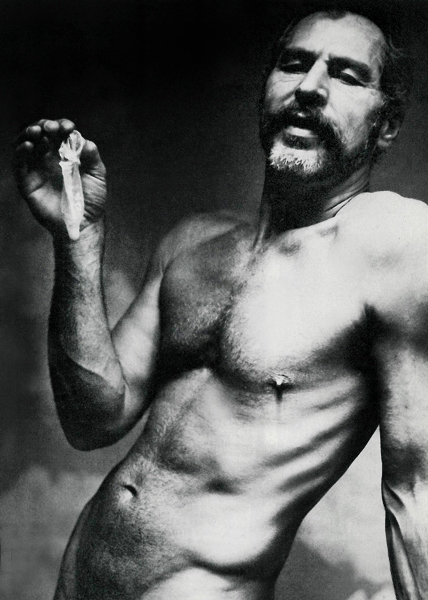
“One of the things [Locke] does in his shows, he says, is to jerk off that legendary scholong and then toss (unused) condoms at his audience. 'And I say – remember when your mammas told you to wear your rubbers? Well, now your daddy's telling you!'” (Advocate MEN, March 1987)
During this period of time, he additionally worked with support groups, raised money, protested, publicly advocated for condom usage for individuals as well as porn studios (saying he was blackballed in the business as a result), visited patients in hospital wards, and much more that is likely not chronicled. This beautiful article - “Two Kinds of Hero: Richard (Butterfly) Locke” - provides some insight into that chapter of his life.
Locke was inducted into the Hall of Fame at the 1994 Gay Erotic Video Awards. He died of AIDS-related complications in 1996.
Richard Locke was known for being a charming combination of strong, caring, bright, unpretentious, and entirely genuine; a down-to-earth guy and a confident, unapologetic gay man – qualities reflected in many of his movie roles. Bijou owner Steven Toushin described him as a very kind man and director Joe Gage (in this interview discussing his films, including commentary on Locke) called him “the last of the true live-and-let-live hippies.”
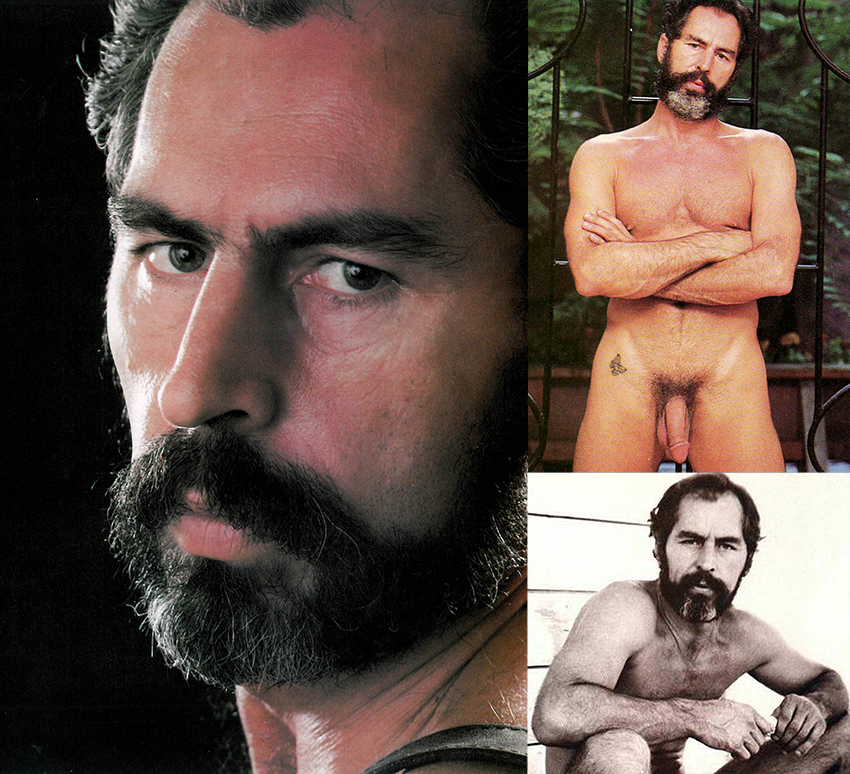
“The nice thing about film is that I will live a long time, even after I die. 'Cause it's there.” (Manshots, December 1992)
Through Bijou Video, you can find Richard Locke in our fresh new release, Heatstroke (DVD | Streaming) as well as in a number of other classics we carry, including the collection The Best of Richard Locke (DVD | Streaming).
Online Sources and Further Information:
My Brother the Porn Star: An Interview with Richard Locke
Keep on Truckin': An Interview with Joe Gage
Two Kinds of Hero: Richard (Butterfly) Locke
Ask Any Buddy podcast: Kansas City Trucking Co.
Wikipedia – Richard Holt Locke
Gay Erotic Video Index – Richard Locke
